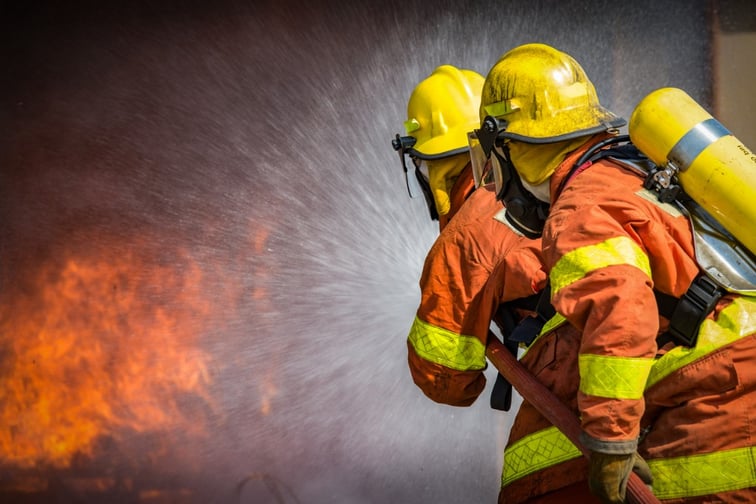

After a record year of wildfires in Canada, the insurance industry is being called on to partner with the public sector to help homeowners and property owners understand wildfire risks.
“We wanted to bring the resources together to empower people to talk about these things, work together, and get things done now,” said Cheryl Evans, director of flood and wildfire resilience at the Intact Centre. “We need to do the planning, but we need to act now on things we can do for almost no money.”
Evans stressed that insurers, brokers, and their clients, along with governments, are partners in risk mitigation.
“It’s a great opportunity for insurers and brokers to strengthen their relationships with their clients by touching base, whether at the beginning of the year or at renewal time,” she told Insurance Business.
The Intact Centre’s “Wildfire-Ready” report has compiled best practices for reducing wildfire risk and improving resilience developed by the National Research Council of Canada and FireSmart Canada.
The guide emphasizes low-cost but effective steps that property owners can take against wildfires, including do-it-yourself maintenance and upgrades that cost between $300 and $30,000.
In the wake of a costly and destructive year of fires, Evans said local governments are grappling with limited funds to proactively strengthen their communities hit by extreme weather.
“I’ve been speaking to my colleagues in fire departments, municipal governments, even leaders in the provincial and territorial levels,” she said.
“They are at the point where they’re looking at the price tag for the damage [last year], and they’re trying to figure out how to make their communities more resilient. They’re looking very carefully at preventative measures that can be done for almost no cost because, frankly, there’s not a lot of extra money in the budget.”
Wildfires ravaged 18.5 million hectares in Canada in 2023, the equivalent to three times the size of Nova Scotia and an eightfold increase compared to the average burned area over the past 25 years, according to the Intact Centre.
Over 200,000 Canadians were displaced, and insured losses are seen to have surpassed $3 billion.
The Intact Centre on Climate Adaptation is an applied research centre within the University of Waterloo’s Faculty of Environment.
Founded in 2015 with a donation from Intact Financial Corporation, it aims to conduct and share research and promote initiatives to mitigate the negative impacts of a changing climate and extreme weather in Canada.
Evans, who has over 20 years of experience managing climate-resilience-focused public behaviour change programs, said the biggest hindrance to fortifying Canadian homes against wildfire was a lack of awareness.
“At the home level, there is not enough awareness among people not just about their risks, but also about practical tools that help them understand exactly what their property’s vulnerabilities are and how to prioritize them cost-effectively,” she said.
At the community level, wildfire risk management also becomes more complex and intertwined with other exposures.
“Communities are dealing with many complex issues when they look at risk management. They have to look at things like floods, fires, extreme heat safety, and emergency preparedness. So, for them, it’s not just wildfire,” Evans continued.
“[Leaders] need to assess their [wildfire] risk, but also compare those other risks within their community so that they can prioritize and coordinate action.”
Evans hopes the “Wildfire-Ready” report can be one of many resources Canadians use to plan for the next wildfire season.
“The whole point [of this report] is you are not powerless,” she said. “You can understand risk and take practical, simple actions to reduce your risk significantly.
If property owners upgrade to fire-resistant materials and do fire-smart landscaping, they can reduce their risk of damage to wildfire by up to 75%, according to Evans.
The other big message that Intact Centre wants to convey is the importance of working together.
“Fire moves, so it’s important to work with your neighbours because even if your house is protected, the flames from the neighbour’s home can make yours more vulnerable to ignition,” Evans said.
Finally, insurance companies can play a role by incentivizing customers to be proactive about their wildfire risk.
“We have great resources that help you understand your risk, take practical actions to reduce risk, and identify the subsidies available in their communities,” said Evans.
“If the insurance companies can offer specific discounts for reducing risk, they should really highlight those. It’s an opportunity to strengthen relationships with clients – sharing this information and motivating them with resources to reduce rates and improve caps on their policies.”
Do you have thoughts on the Intact Centre’s wildfire report and building wildfire resilience in Canadian communities? Tell us in the comments.
